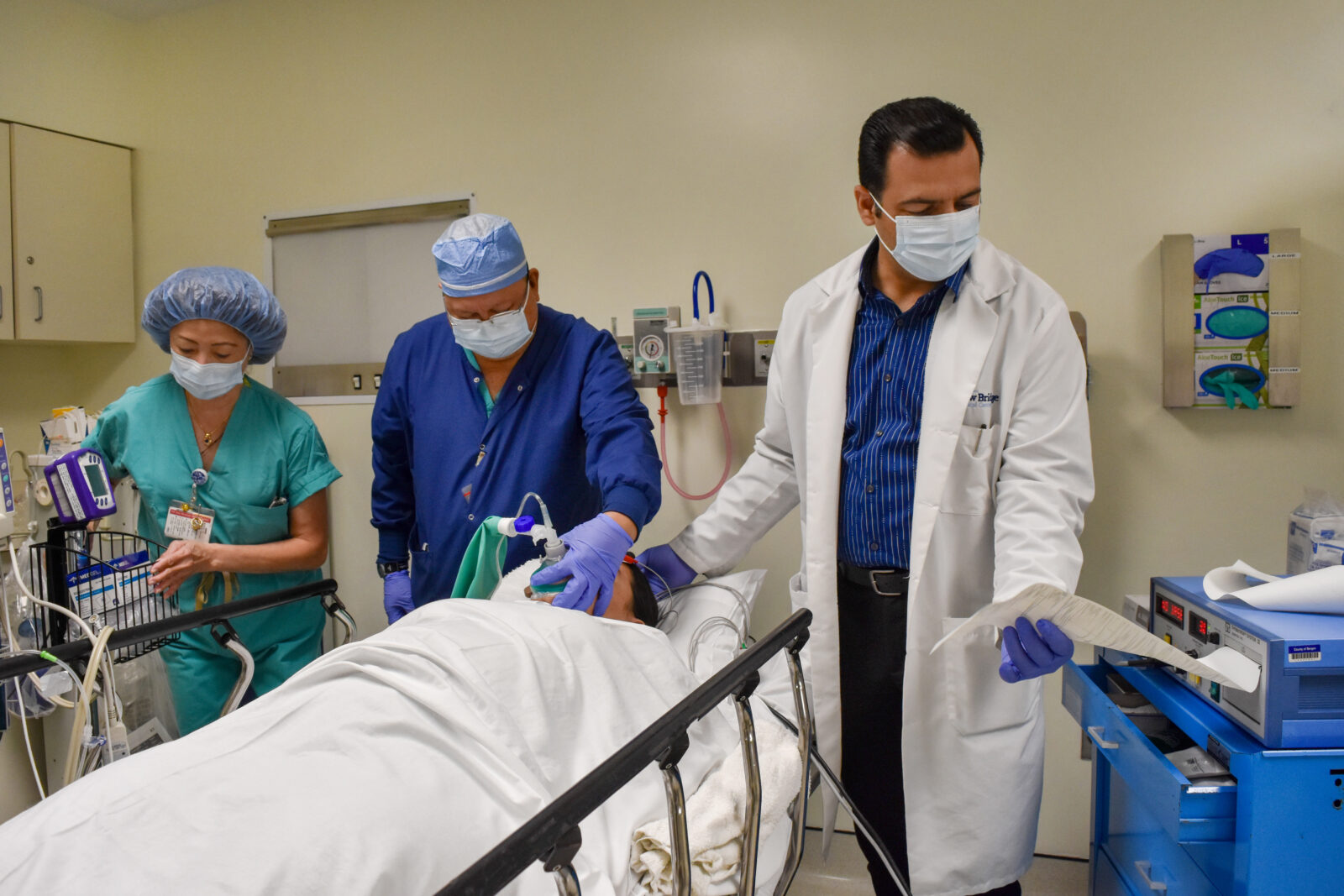Hollywood’s depiction of Electroconvulsive Therapy (ECT) is a far cry from its modern form.
Today’s ECT has evolved into a valuable treatment recognized by the National Institute of Mental Health, American Psychiatric Association, American Medical Association and the U.S. Surgeon General, and is now offered as outpatient treatment by Bergen New Bridge Medical Center.
Dr. Shahan Sibtain, Chief Psychiatrist – Ambulatory Psychiatry at the Paramus hospital, said inpatient hospitalization is unnecessary under the ambulatory ECT program.
“This is a longtime treatment that has improved over the years,” Dr. Sibtain said of the procedure. “Patients can get in and get out and go home.”
New ambulatory recently launched
While New Bridge has offered inpatient ECT for at least 15 years, the ambulatory program launched just two years ago.
Patients avoid eating or drinking from midnight the night before the 7 a.m. session. The procedure takes just 15 minutes or so, including time for anesthesia to take effect, while sessions last about one hour, with 20 to 30 minutes in the recovery room.
Candidates for ECT include patients with major depression, those with severe suicidal ideation and conditions such as bipolar disorder and schizophrenia. New Bridge only treats adults with ECT. Dr. Sibtain’s patients range from a college student to an octogenarian.
He said most insurance companies approve the procedure, even without a medication trial, but often, patients have tried other treatments first.
ECT has faster results
Dr. Sibtain noted that while antidepressant medication and psychotherapy can be effective, they generally take four to six weeks to work, compared to about two weeks of ECT, with three outpatient sessions per week.
“They can go for ECT with faster results,” he said, which can prove life-saving for patients at immediate risk of self-injury or suicide.
Last year, New Bridge provided more than 300 ECT sessions, with each patient averaging 10 to 12 sessions.
Once initial sessions are completed, patients can continue maintenance ECT, typically once per month.
“It’s really on an individual basis,” Dr. Sibtain said.
Before the procedure, patients receive a short-acting anesthetic agent, which puts them to sleep for five to 10 minutes, while a muscle relaxant helps stop movement during treatment. The medical team tracks cardiac status through monitoring pads, and places electrodes on the patient’s head. Two electrodes monitor brain waves and two deliver a short, controlled set of electrical pulses for a few seconds, which must produce a generalized seizure to be effective.
After awakening, patients move to the recovery room until their blood pressure, pulse and breathing return to pre-treatment levels and must have someone drive them home.
Dr. Sibtain said side effects can include headaches, body aches and short-term memory loss, which is not permanent.
Treatments has higher response rate
The treatment has shown to improve depression in 70-%90 of patients, a response rate higher than antidepressants.
While ECT remains contentious in some circles – partially stemming from unrealistic media portrayals – Dr. Sibtain said modern methods are safe and effective.
“There’s always a challenge with mental health as a whole,” he said. “What we need is more education and awareness regarding this treatment.”











